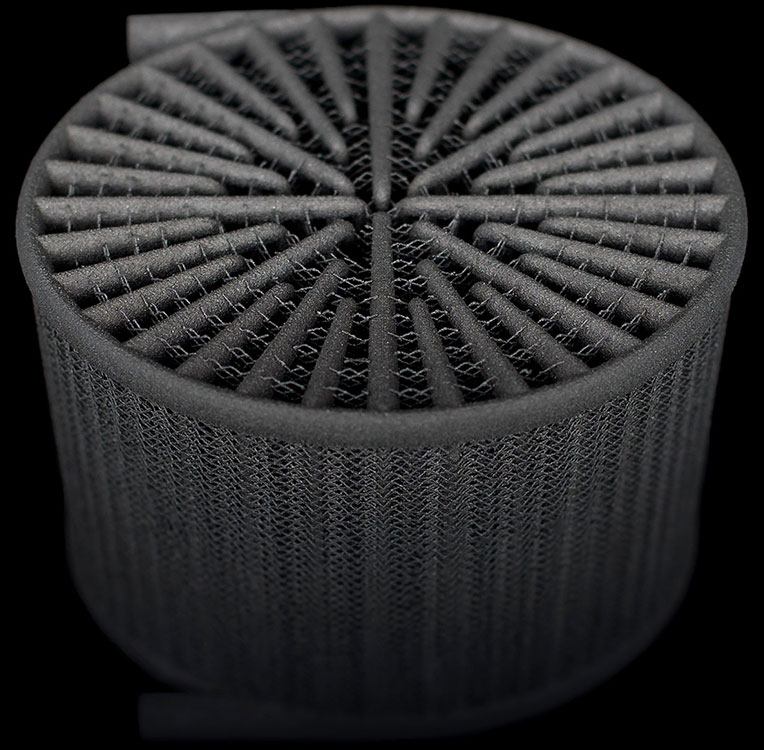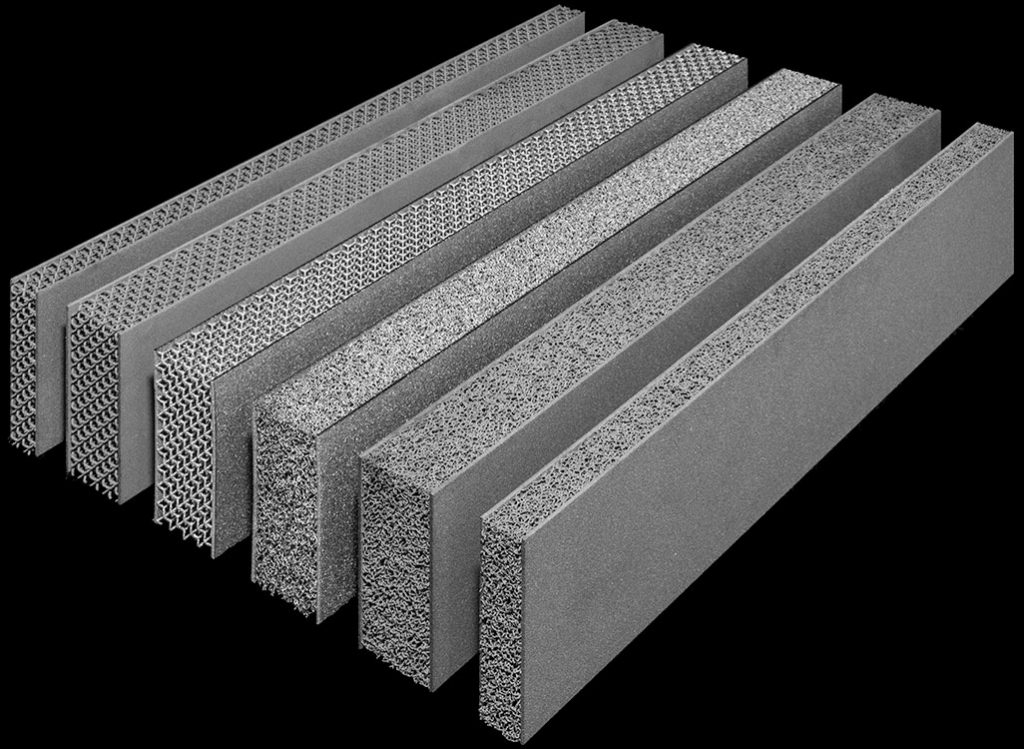Progressive Technology is a subcontract advanced machining specialist based in the UK. Ten clients presently on the company’s roster comprise Formula One teams, currently gearing up for the 2018 Gulf Air Bahrain Grand Prix.
Working with fellow British company Betatype, developer of a platform to optimize additive manufacturing processes, Progressive has devised an unconventional heat exchanger to boost the performance of these high-octane vehicles.
Improving Formula 1 performance
In 2016, Progressive signed a merger with fellow British company Innovate 2 Make. A metal 3D printing specialist, Innovate 2 Make added a range of additive manufacturing systems to Progressive’s existing workshop of precision CNC machines.
Identifying additive’s potential for lightweighting metal components, Progressive engineers developed a unique heat exchanger design that makes the most of unused pockets in a F1 racecar.

The radiator has been redesigned as a lattice structure, encompassing over 750,000 elements, and increasing surface area. Sure of its enhanced performance, the team needed an additive process that could match its digital equivalent.
“Off the shelf AM machines can handle general purpose geometry well enough,” explains Progressive’s Dave Cooper, “however this generic approach lacks fidelity when dealing with small scale structures.”
“General purpose approaches can also be very inefficient with regards to data handling, overloading the AM machine software and resulting in crashes,” adds Cooper, “This method resulted in build times of more than 100 hours, making this complex part too expensive to bother producing for Formula One.”
“A step beyond” the others
Betatype has a range of software and scanning solutions that “make Additive manufacturing perform.” Specially tuned to work with laser powder bed fusion (PBF) techniques, Betatype employs scanning methods to improve the melting of metal particles.
Combining scan data and the geometry of a part, Betatype technology optimizes a component on a feature-by-feature basis to 3D print a part with with greater control.
When applied by Progressive, the lightweighted heat exchanger could be successfully 3D printed on an existing EOS M280 machine, “in a fifth or even a tenth of the time.”
Additionally, the Betatype lattice has empirical properties, making it “a structure with known properties,” and a component with the competitive advantage for F1.
“The reliable data means they can then reduce the thickness of solid walls elsewhere in the component, saving weight and generating a performance advantage,” concludes Cooper, “This is a step beyond what others can do.”

Coming soon to Formula 1
Progressive’s metal 3D printed heat exchanger remains a concept design for now. However, more professional F1 teams are beginning put 3D printing into practice for next gen development.
British Formula One team Williams Racing has used EOS polymer printing to prototype new components for its car.
In the 2017 F1 season, 3D printing also made it trackside for on-demand part production with McLaren, part of a four year partnership with Stratasys.
Learn about more innovative applications by subscribing to the most widely-read newsletter in the industry, following us on Twitter, and liking us on Facebook.
Join 3D printing jobs now for new opportunities near you.
Vote in the 2018 3D Printing Industry Awards for technologies and applications of the year. Want to design the trophy? Enter the 2018 3D Printing Industry Awards design competition. sponsored by Protolabs now.
Featured image shows a graphic of Progressive Technology’s 3D designed F1 heat exchanger. Clip via Betatype


